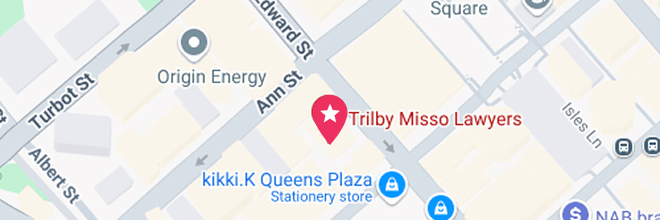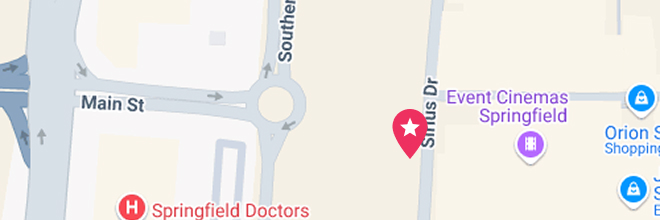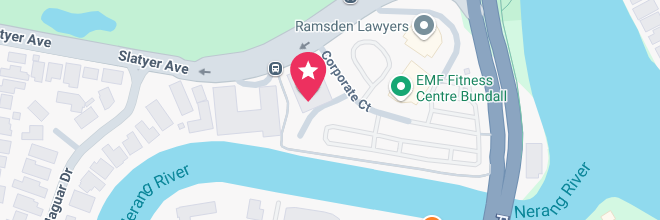Our Brisbane CBD Office
- Suite 400, Level 4/288 Edward St, Brisbane City QLD 4000
- (07) 3910 5470




How to Collect Evidence for Personal Injury Claims in Queensland
When pursuing a personal injury claim in Queensland, collecting evidence is one of the most critical steps to ensure the success of your case. The Queensland laws require anyone bringing a claim for personal injuries to prove their case, the obligation is on the injured party to provide the evidence to support the claim. Evidence establishes the facts of your claim, proves liability, and supports the compensation amount you are entitled to receive. Whether your injury arises from a motor vehicle accident, workplace incident, public liability accident, or medical negligence, the process of gathering evidence can be complex. This comprehensive guide will walk you through how to collect evidence for your personal injury claim, ensuring your case is as strong as possible.
Why Evidence is Crucial in Personal Injury Claims
In Queensland, personal injury laws are governed by several pieces of legislation, including:
To succeed in your claim, you must prove:
Evidence is the cornerstone of proving these elements.
Step-by-Step Guide to Collecting Evidence
If your injury occurred in a specific incident, such as a car accident or a slip and fall, start by documenting the scene immediately. This includes:
Example:
In a motor vehicle accident, take photos of:
Witnesses can provide independent accounts of the incident, which strengthens your claim. Obtain the following details:
How Witnesses Help:
If the accident involved law enforcement or workplace supervisors, request a copy of any official report. These reports often contain:
Example:
Medical evidence is pivotal in any personal injury claim. Ensure you:
Include:
Talk to your lawyer about whether a personal injury diary could be a valuable tool in your compensation claim. If the lawyer agrees, they may want to you record:
Injury diaries demonstrate ongoing suffering and support claims for pain and suffering, a common head of damages in Queensland personal injury cases.
To recover economic damages, you must provide evidence of your financial losses. This includes:
To make a claim for lost income and potential lost wages in the future, you will be required to provide financial documents, like tax returns for the three years prior to the accident. The reason for this is to document what your earnings looked like, over time, before the accident. You will need to provide the evidence of what your earnings looked like pre accident so that you can calculate what your loss has been since sustaining an injury. The lawyers will use this evidence, with medical evidence, to build a claim for future lost earnings that are likely to be suffered by you as a result of the injuries sustained in the accident.
Expert witnesses provide professional opinions that support your case. Common experts include:
Common Types of Evidence in Personal Injury Claims
Physical Evidence
Documentation
Witness Statements
Medical Evidence
Why Get Medico-Legal Evidence in a Personal Injury Claim?
Medico-legal evidence is a critical component in personal injury claims, as it provides an independent, expert assessment of your injuries and their impact on your life. Whether you’re pursuing compensation for a workplace accident, motor vehicle injury, or a public liability claim in Queensland, medico-legal evidence ensures that your case is supported by credible, professional medical opinions. Here’s why obtaining medico-legal evidence is essential in a personal injury claim:
A medico-legal report provides a detailed and professional assessment of the nature and severity of your injuries. This includes:
This evidence creates a clear picture of the harm you’ve suffered, which is vital for determining the compensation you’re entitled to under Queensland’s personal injury laws.
To succeed in a personal injury claim, you must prove that your injuries were caused by the negligence of another party. A medico-legal report connects your injuries directly to the incident by:
Compensation is often based on the extent to which your injuries have affected your daily life, employment, and future prospects. A medico-legal report can:
This helps quantify non-economic damages, such as pain and suffering, which are crucial elements of your claim.
The medico-legal evidence forms the backbone of your claim for damages. It helps calculate:
Without a detailed medico-legal report, it can be challenging to substantiate these financial claims.
In many cases, insurers or opposing parties may dispute the severity or cause of your injuries. Medico-legal experts provide an independent and unbiased opinion that can:
In Queensland, personal injury claims often require independent medical assessments as part of the pre-court procedures. Medico-legal evidence ensures compliance with these legal processes and avoids delays or complications in your claim.
Insurers often seek to minimise payouts by disputing claims or underestimating the severity of injuries. A medico-legal report counters these tactics by:
How to Obtain Medico-Legal Evidence
Your personal injury lawyer will arrange for you to see a medico-legal specialist, such as an orthopaedic surgeon, neurologist, or psychiatrist, depending on the nature of your injuries. During your appointment, the specialist will:
The medico-legal report is then provided to your lawyer and used to support your compensation claim.
Medico-legal evidence is an indispensable element of any personal injury claim in Queensland. It provides a clear, professional assessment of your injuries, their cause, and their impact on your life. By working with an experienced Brisbane personal injury lawyer, you can ensure that the medico-legal evidence collected is comprehensive and persuasive, helping you achieve the compensation you deserve.
Practical Tips for Collecting Evidence
How a Brisbane Compensation Lawyer Can Help
Engaging an experienced personal injury lawyer ensures your evidence is comprehensive and admissible. A lawyer can:
A Brisbane-based lawyer understands local laws and insurers, increasing your chances of a favourable outcome.
Mistakes to Avoid When Collecting Evidence
Conclusion
Collecting evidence is a critical component of a successful personal injury claim in Queensland. From documenting the accident scene to securing expert opinions, every piece of evidence strengthens your case. Acting quickly, staying organised, and seeking professional guidance from a Brisbane compensation lawyer can make all the difference in achieving a favourable outcome.
If you’ve been injured in Queensland and need assistance with your compensation claim, contact a local personal injury lawyer today to ensure your evidence is properly gathered, presented, and maximised for your claim’s success.
Find out more about client rights and responsibilities here
Kathryn is Trilby Misso’s Chief Executive Officer.
Meet KathrynUse this simple online tool and find out if you have a claim in less than thirty seconds. You can choose to remain anonymous.
Your next step is a small one. All you need to do is give us a call on 07 3910 5470 or complete this form here to arrange a quick chat.
During this initial conversation, we will:

We understand that taking legal action can be stressful, and we’ll do all we can to ease your concerns.
The chat can take place at our place, your place, or by phone. There is no cost, no pressure, and no obligation.
Call 07 3910 5470 or fill out this form, and we’ll get back to you within 2 hours (during business hours). We look forward to meeting you.
enquire now